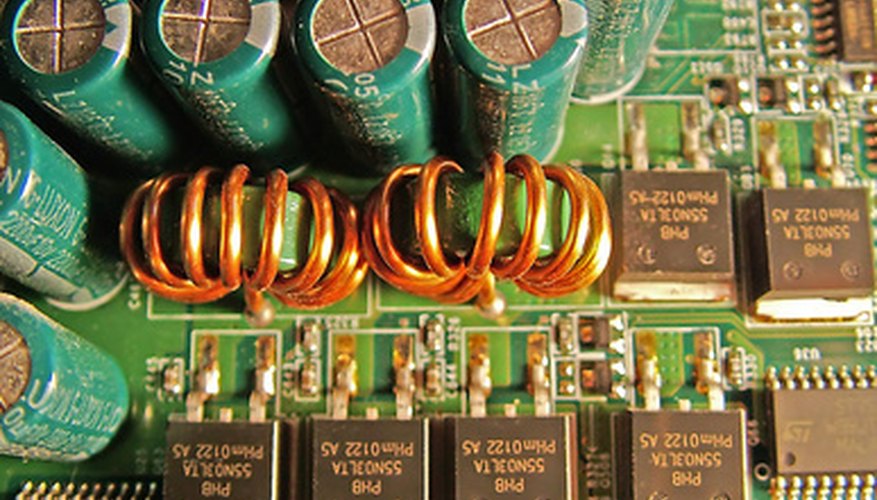A varistor is an electronic component that acts as a shock absorber, protecting expensive devices from harmful power surges. For example, a nearby industrial electric motor may put high voltages into the power system. The varistor, normally having a very high resistance, responds to the voltage spike by absorbing its energy with a very low resistance. This will also blow the equipment's fuse but protect the expensive electronics. A varistor that's received a strong electrical jolt will remain at low resistance.
Disconnect the electronic equipment from the wall outlet.
Open the case with the screwdrivers and locate the varistor. It is usually a brightly coloured disk the size of a coin. The varistor will likely be wired to a fuse holder. If the varistor is visibly burnt through or broken, it is bad; replace it. If it appears intact, proceed to Step 3.
- A varistor is an electronic component that acts as a shock absorber, protecting expensive devices from harmful power surges.
- The varistor will likely be wired to a fuse holder.
Desolder and disconnect one of the varistor's leads. Heat the lead with the soldering iron until the solder melts, and remove the solder with the desoldering tool. Carefully pry the lead loose from the connection with the long-nosed pliers. With the varistor removed from the circuit, you can now measure its resistance.
- Desolder and disconnect one of the varistor's leads.
- With the varistor removed from the circuit, you can now measure its resistance.
Turn the multimeter on and set it to read resistance times 1000 ohms. Touch one meter probe to the free varistor lead and the other probe to the connected lead. Read the resistance on the meter. If it reads nearly infinite resistance, the varistor is still good. If it reads very low resistance, the varistor is blown.
Resolder the disconnected lead if the varistor's resistance reads good. If it is blown, disconnect the remaining lead and solder a new varistor of the same rating in its place.
